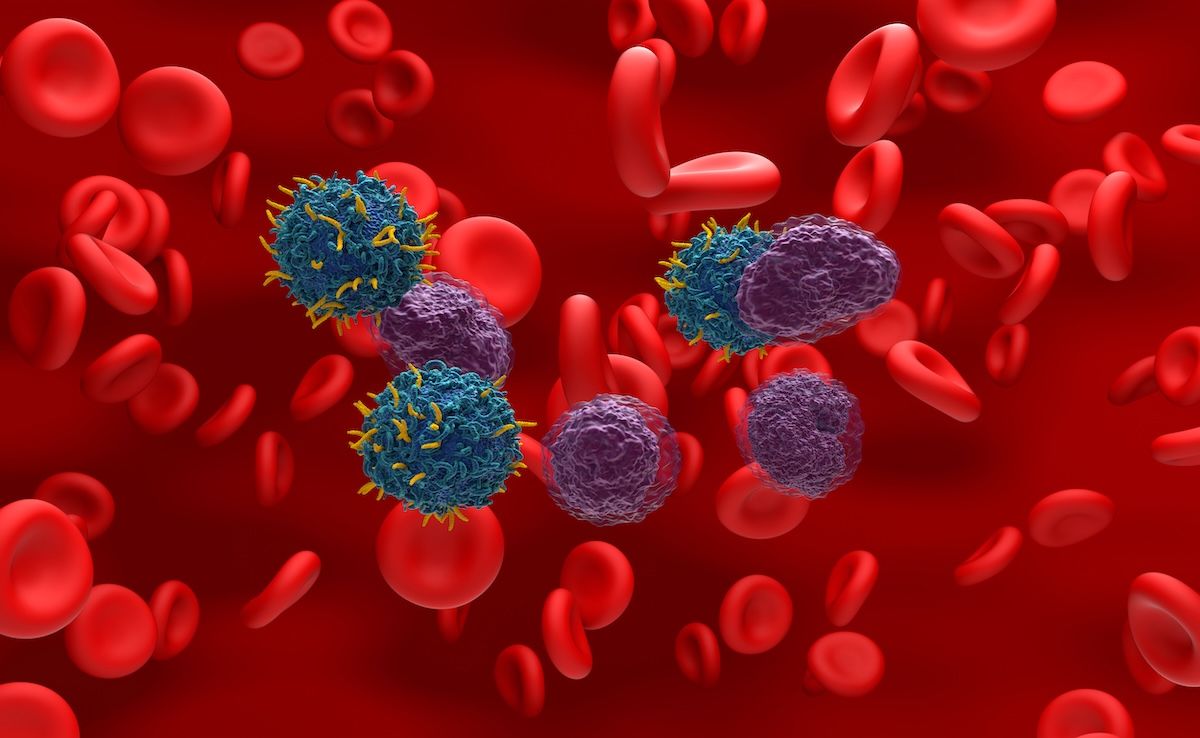Article
Gait Speed Accurately Predicts Outcomes for Elderly Patients With Hematologic Malignancies
Author(s):
According to a new study, the speed at which older patients with blood cancers are able to walk nearly 13 feet (about 4 meters) contains important information about their overall health and may be able to help predict survival and unplanned hospital visits.
According to a new study, the speed at which older patients with blood cancers are able to walk nearly 13 feet (about 4 meters) contains important information about their overall health and may be able to help predict survival and unplanned hospital visits.
Researchers found that for every 0.1 meter per second decrease in how quickly patients walk 13 feet, the risk of dying, unplanned hospital visits, or emergency department visits increased by 22%, 33%, and 34%, respectively. The researchers were able to determine that this association was strongest in patients with non-Hodgkin lymphoma.
“The slower someone walks, the higher their risk of problems. There is an unmet need for brief screening tests for frailty that can easily fit into clinic workflow and predict important clinical outcomes. This test can be done in less than a minute and takes no longer than measuring blood pressure or other vital signs,” Jane A. Driver, MD, MPH, associate director of the Geriatric Research Education and Clinical Center at VA Boston Healthcare System, said in a statement.
The study enrolled 448 adults aged 75 years and older who had hematologic cancers. The study participants completed several screenings for cognition, frailty, gait, and grip strength. Patients were first asked to walk at a normal pace for 13 feet and their speed was recorded in meters per second using a stopwatch.
The authors found that the association between slower walking speed and poorer outcomes continued after adjusting for cancer type and stage, patient age, and other demographic factors. However, gait speed remained an independent predictor of mortality. Interestingly, when the authors analyzed grip strength, it strongly predicted survival though it did not predict hospitalization or emergency department use as accurately as gait speed.
“Our study reveals that the current standard of care for functional assessment in oncology—–performance status––is not sufficient for elders with blood cancers. Gait speed appears to be much better at differentiating those patients at highest risk for poor outcomes,” Gregory Abel, MD, MPH, director of the Older Adult Hematologic Malignancy Program at Dana-Farber clinic, said in a statement.
The study authors noted that these results support efforts to integrate gait speed as a routine part of medical assessments for elderly patients with blood cancer and should be measured over time in order to help guide treatment plans.
Reference
Liu M, DuMontier C, Murillo A, et al. Gait speed, grip strength and clinical outcomes in older patients with hematologic malignancies [published online June 5, 2019]. Blood. doi.org/10.1182/blood.2019000758.





